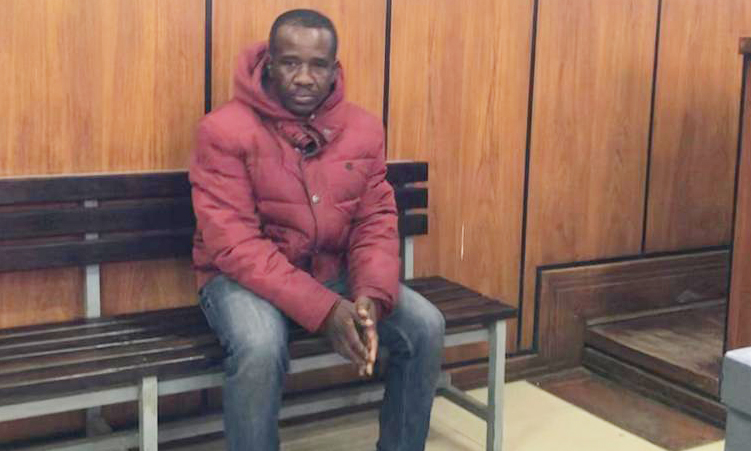RUSSIAN natural gas giant Gazprom will start building an 800MW gas-fired power station at Walvis Bay in January, scheduled to be ready when the Kudu field starts producing its first gas in 2013.
Gazprom International Chief Boris Ivanov confirmed the plant of US$1,2 billion, nearly N$10 billion, at the African Oil Conference in Cape Town yesterday.’We will build and will start the project in January … that will be the first of a gas monetisation strategy that we are trying to implement in Africa in general and in Namibia in particular,’ Reuters quoted Ivanov.He also confirmed that Gazprom has a written agreement with Eskom to buy the bulk of the power that will be generated at Walvis Bay.’We have an understanding on paper with Eskom about a power purchase agreement for the future electricity offtake from this project … Eskom will be buying 500 MW … 300 MW will go to the Namibian Government,’ the news agency quoted Ivanov.Gazprom will use this agreement as a guarantee for financing from its lending arm, Gazprombank, which in June signed a memorandum of understanding (MoU) with the National Petroleum Corporation of Namibia (Namcor), paving the way to do business. Ivanov was part of Russian President Dmitry Medvedev’s high-level delegation to Namibia in the same month.At the time, he said that Gazprombank and a pool of international lenders, ‘mainly from the Middle East and in Lebanon in particular’, would finance the power station.Ivanov also singled out Russian contractors Technostroiexport and Stroitransgaz for the project.’It is quite a nice, sexy little project,’ Ivanov described Kudu at a business lunch meeting in Windhoek during the Medvedev visit. The Russian president was the chairman of Gazprom’s board of directors before he became head of state.Although Namcor, who owns ten per cent of the shares in Kudu, initially said Gazprom’s involvement in the project is subject to the approval of shareholders Tullow and Itochu, the Russians made no secret of their interest.A day after signing the MoU with Namcor, Ivanov told Reuters in Luanda that Gazprom was in advanced talks with Eskom to sign a power purchase agreement for the Walvis Bay station.In July, majority shareholder Tullow said it would consider Gazprom as a partner in the N$14-billion development of the Kudu Gas Field. The project involves pumping gas from the field, some 170 kilometres offshore, to the combined cycle gas power station at Walvis.Tullow’s Vice President for Africa, Tim O’Hanlon, expressed his optimism about Kudu at the African Oil Conference on Wednesday, saying the field can produce its first gas 36 months after the closing of commercial deals for the project.’The development of Kudu is pretty straightforward … but we need the commercial processes to be finalised … the rumours are that there is now an interest at the highest level in the [Namibian] Government to get this moving … gas pricing is going up and that also brings Kudu’s date closer,’ Reuters quoted O’Hanlon.On Tuesday, President Hifikepunye Pohamba expressed his dissatisfaction with dragging energy projects after talks with President Jacob Zuma.He urged the South African government and Eskom to continue their commitment regarding energy co-operation, particularly as power-supply shortages continue to plague both countries, Nampa reported.Namibia has been threatening to pull the plug on Kudu if the shareholders don’t reach consensus on its development. The negotiation process has been dragging on for nearly 15 years.Mines and Energy Minister Erkki Nghimtina told Parliament in June that Namibia might simply extract the gas and export it, earning income, royalties and taxes. A few weeks later, Namibian Petroleum Commissioner Immanuel Mulunga echoed these sentiments at the African Energy Conference in Cape Town.- Own report, Nampa-Reutersjo-mare@namibian.com.na
Stay informed with The Namibian – your source for credible journalism. Get in-depth reporting and opinions for
only N$85 a month. Invest in journalism, invest in democracy –
Subscribe Now!









